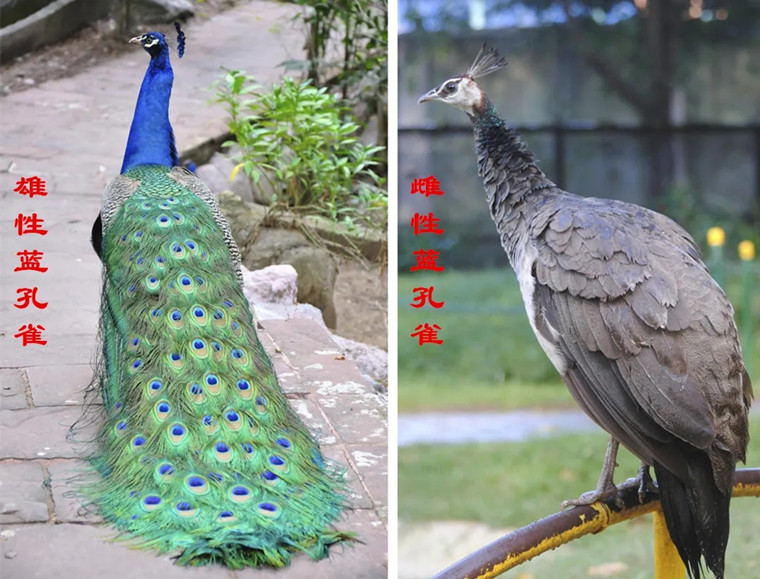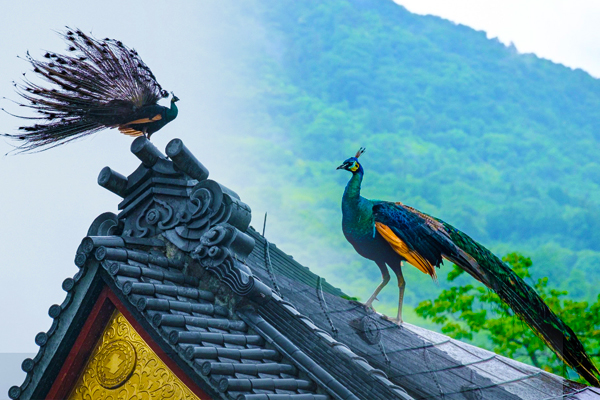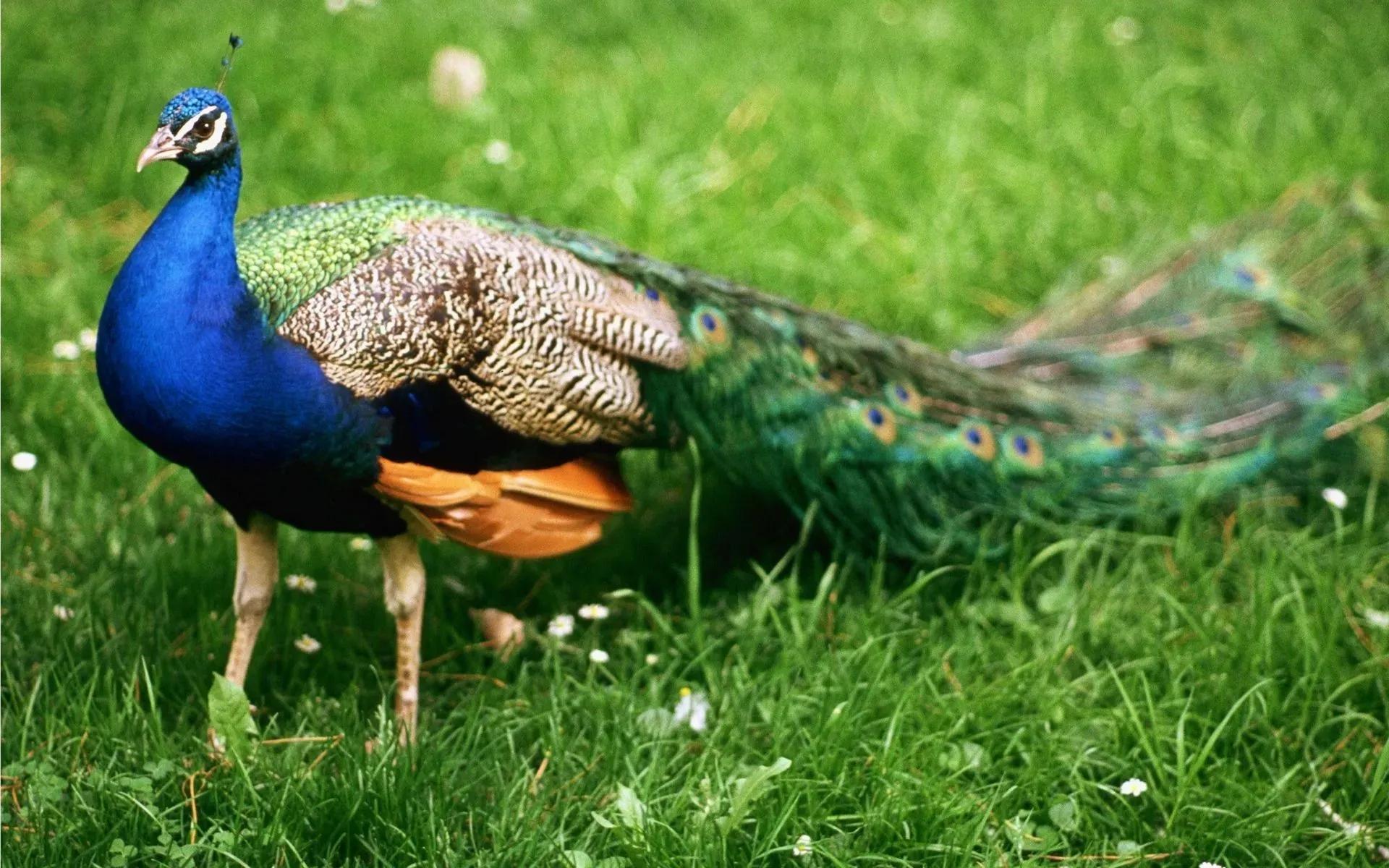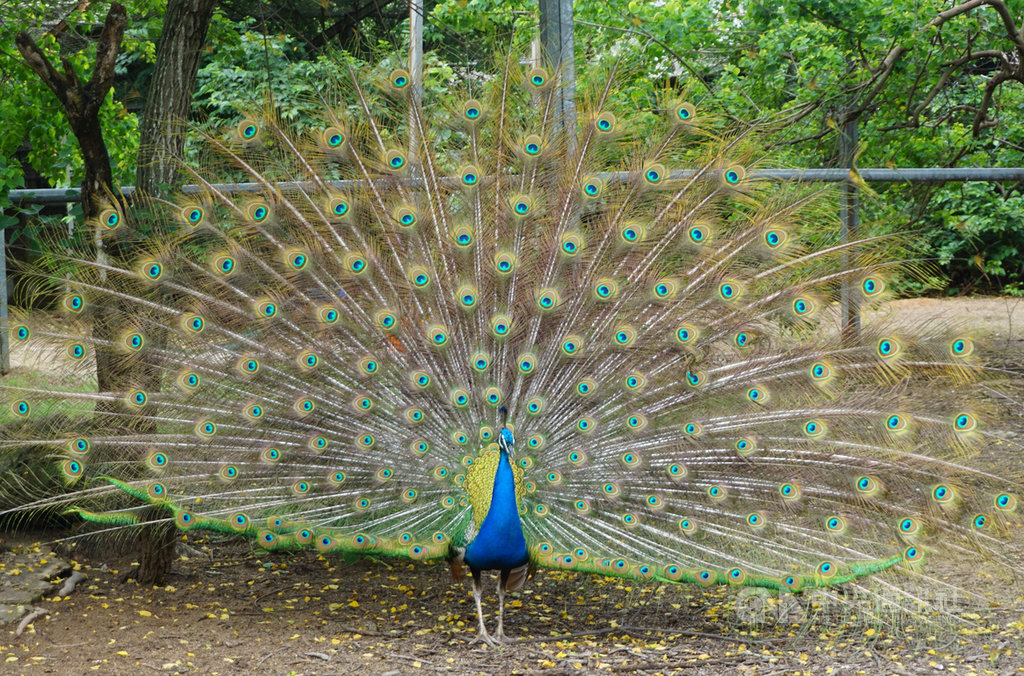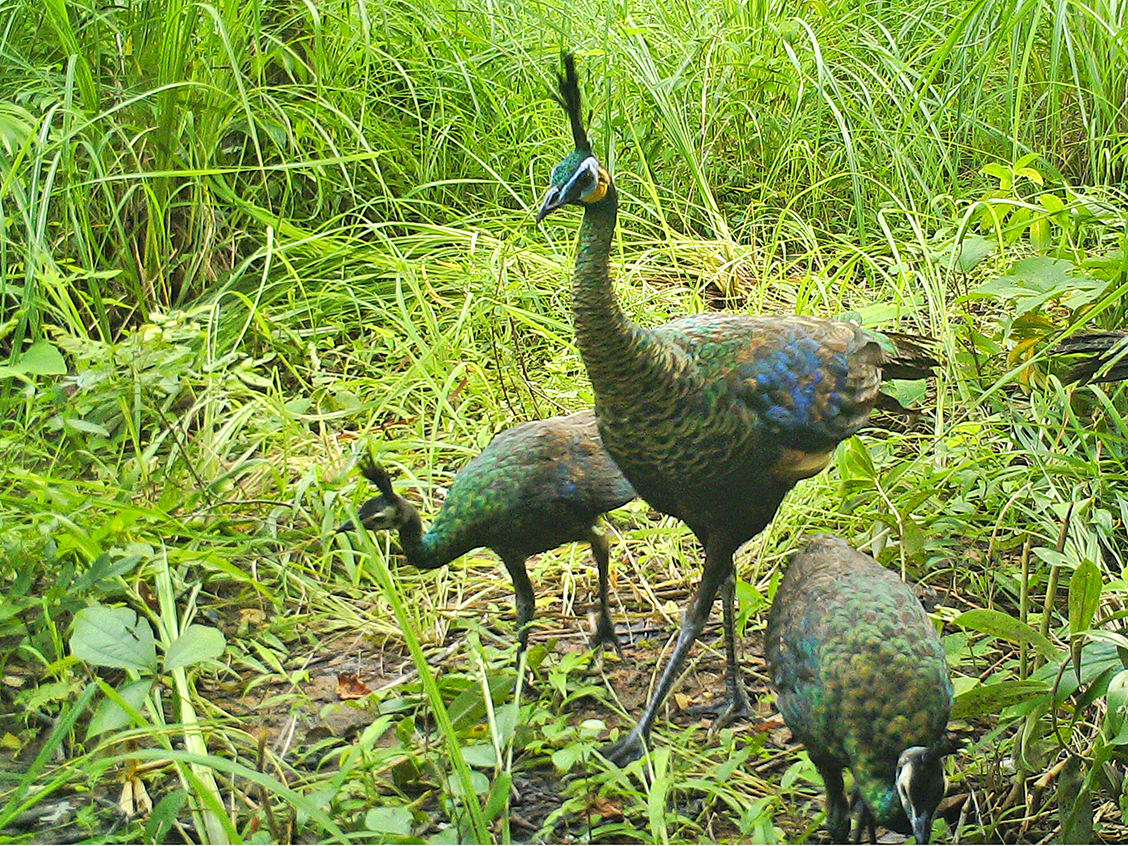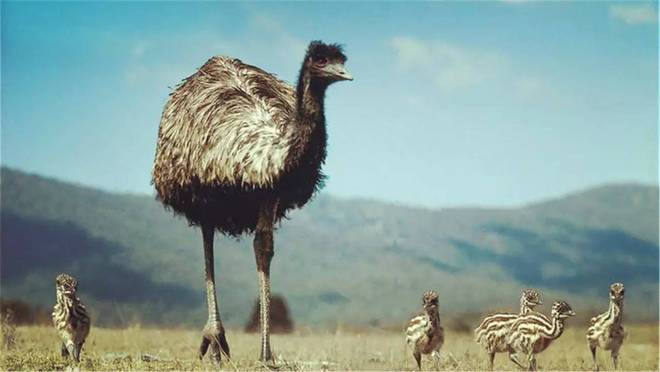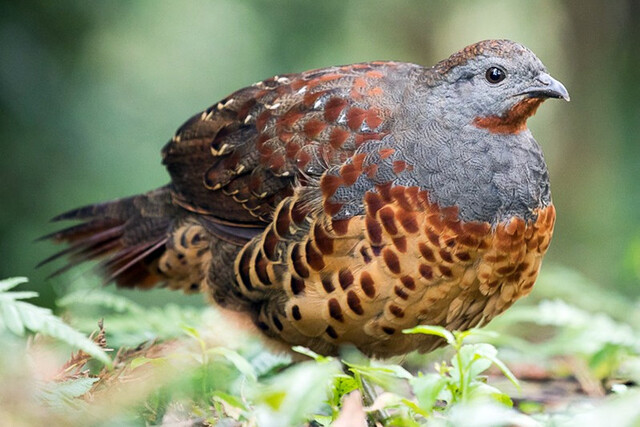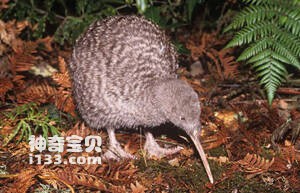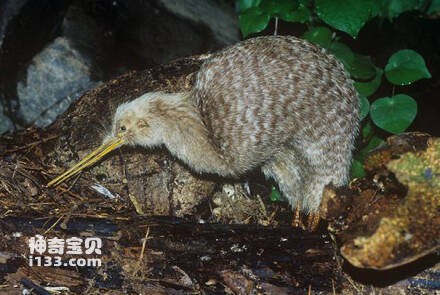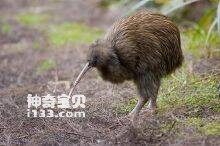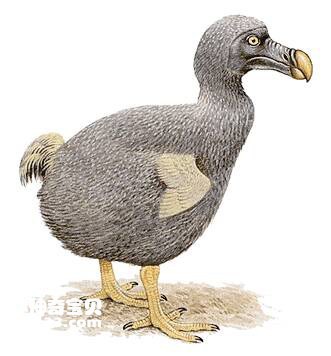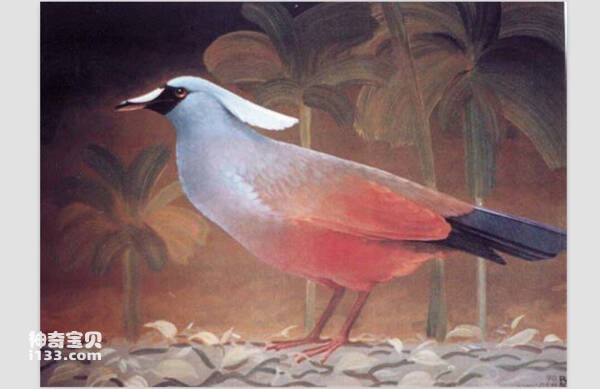Peafowl
IUCN
ENBasic Information
Scientific classification
- name:Peafowl
- Scientific Name:Pavo, Yue bird, Nanke, Kongjue, Kong bird
- Outline:Landfowl
- Family:Galliformes Phasianidae Pavo Pavo-cristatus Pavo-muticus
Vital signs
- length:0.86-2.12 m
- Weight:2.7-6 kg
- lifetime:20-30 years
Feature
The peacock is known as the "king of birds", symbolizing kindness, beauty and nobility, and is a symbol of auspiciousness.
Distribution and Habitat
Peacocks live in open areas of savannah, shrubs, bamboo groves, and coniferous and broad-leaved forests below 2,000 meters above sea level, and especially like to move around near streams and rivers. The green peacock lives in tropical and subtropical evergreen broad-leaved forests, deciduous broad-leaved forests, mixed coniferous and broad-leaved forests, and sparse forest grass slopes at an altitude of 136 to 1,500 meters.
Appearance
The peacock is a large bird in the Phasianidae family, with significant male and female dimorphism. They have short and strong legs and are good at running, but their wings are short and round and they are not good at flying. The peacock has a strong beak, with the upper beak slightly curved downward, and the male bird has a sharp long spur on the back of its legs. The most notable feature of the male peacock is its gorgeous tail screen, which is composed of 100-150 extended tail feathers. When unfolded, it can reach twice the length of the body and is covered with five-color gold and emerald coin patterns, which are gorgeous and eye-catching. The tail screen feathers are slender like golden green velvet, and the tips gradually transition to brass color. The tips of some of the upper tail coverts form an eye spot pattern, with a purple kidney-shaped or round spot in the center of each spot. The female peacock has no tail screen, and the feathers on the back are dark brown with a slight
Details
In zoological classification, peacocks belong to the class Aves, order Galliformes, family Phasianidae, and genus Pavo. Currently, there are only two species of peacocks that have been named. Among them, the green peacock (Pavo muticus), also known as the Java peacock, has three subspecies, namely the Yunnan subspecies (Pavo muticus imperator), the Indian subspecies (Pavo muticus spicifer), and the nominate subspecies (Pavo muticus muticus). The blue peacock (Pavo cristatus), also known as the Indian peacock.
The green peacock is distributed in Yunnan and Tibet in China, and in Bangladesh, Myanmar, Indochina and Java in Indonesia; the blue peacock is distributed in India and Sri Lanka.
Peacocks are omnivorous birds that mainly feed on plant-based feed. They like to eat fruits such as pear and yellow pear, and also eat rice grains, sprouts, grass seeds, etc. In addition, peacocks also prey on small animals such as termites, locusts, crickets, grasshoppers, small moths, frogs and lizards. Peacocks' foraging activities are very regular, usually concentrated in the early morning and evening. In the early morning, peacocks will go to the water source to drink water and clean their feathers, and then enter the woodland to forage; in the hot noon, they will choose to rest in the cool forest; and go out to forage again at dusk.
Clustering
Peacocks often move in pairs or groups of three or five. Generally, a male peacock will form a group with 3-5 female peacocks, with the male bird leading the way, the chicks in the middle, and the female birds at the back. When walking, the peacock will nod up and down from time to time, and stretch its neck to look around. The size of the green peacock group varies with the season. In winter, it usually gathers in large groups, while in other seasons it disperses into family groups.
Peacocks are alert by nature and prefer a quiet and comfortable environment. Once frightened, they often do not appear in the same place for several days. Peacocks are good at running. When in danger, they will run fast and flee to the dense bushes to avoid pursuit. In an emergency, peacocks can also fly short distances, usually at a height of no more than 10 meters, and descend slowly. Civets are the main natural enemies of peacocks, and clouded leopards occasionally prey on peacocks.
Peacocks practice a one-male-multiple-female breeding system. A male peacock can have two or more female mates, but each female peacock only mates with a specific male peacock. The breeding season of wild peacocks is from mid-February to May, with March to May being the peak breeding period; under artificial breeding conditions, the breeding period can be advanced or extended.
The word peacock was first seen in the "Sea Nei Jing" of the "Classic of Mountains and Seas": "There are peacocks", and "Kong" means big. "Yiwuzhi" written by Yang Fu in the Eastern Han Dynasty recorded the peacocks in Lingnan: "Peacocks are as big as wild geese but with high feet. Their feathers are all spotted and colorful. They are caught and kept, and they dance when they clap their hands." In ancient Chinese, peacocks are also written as "Kongjue" ("jue" is the same as "que"), or called "Kongniao", "Yueniao" and "Nanke". The peacock is considered to be one of the prototypes of the legendary phoenix in ancient Chinese legends.
The peacock has a long history of evolution, but because bird fossils are not easy to preserve and the number of Galliformes fossils is scarce, its exact origin time is still unclear. It is known that Galliformes birds had differentiated into new populations as early as 26 million years ago. In 2003, a peacock fossil from the middle and late Pliocene (about 26 million to 27 million years ago) found in Ethiopia provided conclusive evidence for the origin time of the peacock.
As of 2018, blue peacocks and green peacocks have been listed in the "Red List of Endangered Species of the World Conservation Union (IUCN)", of which green peacocks are endangered (EN) species and blue peacocks are least concern (LC) species. In 2021, China listed the green peacock as a national first-class protected wild animal. In 2023, the Convention on International Trade in Endangered Species of Wild Fauna and Flora (CITES) listed the green peacock in Appendix II and the blue peacock in Appendix III.
FAQ
1. Does a peacock spread its tail feathers to seek a mate?
Yes! Male peacocks spread their tail feathers as a typical courtship behavior. When spreading their tail feathers, the tail feathers spread out to form a gorgeous "eye spot" to attract the attention of females. Female peacocks usually choose males with bright feathers, many eye spots, and graceful tail feathers as mates.
2. Do all peacocks spread their tail feathers?
No. Only male peacocks spread their tail feathers, and female peacocks do not have such gorgeous tail feathers. Males usually spread their tail feathers frequently during the breeding season to show health and reproductive advantages.
3. Can peacocks fly?
Yes! Although peacocks are large and have long tails, they are still capable of flying, especially when escaping short distances or flying up trees to roost. They mostly choose to roost in high trees at night to avoid predators.
4. Is the peacock a pheasant?
Yes. Peacocks belong to the genus Pavo in the Phasianidae family, and are "relatives" of birds such as chickens and pheasants. The most common peacock species are blue peacocks (Indian peacocks), green peacocks, and Congo peacocks.
5. Why do peacocks have such bright colors?
The color of peacock feathers mainly comes from structural colors rather than pigments. The refraction and interference of light by the microscopic structure of the feathers form a dazzling blue-green metallic luster. This bright color plays an important role in evolution, used to attract the opposite sex and deter rivals.

